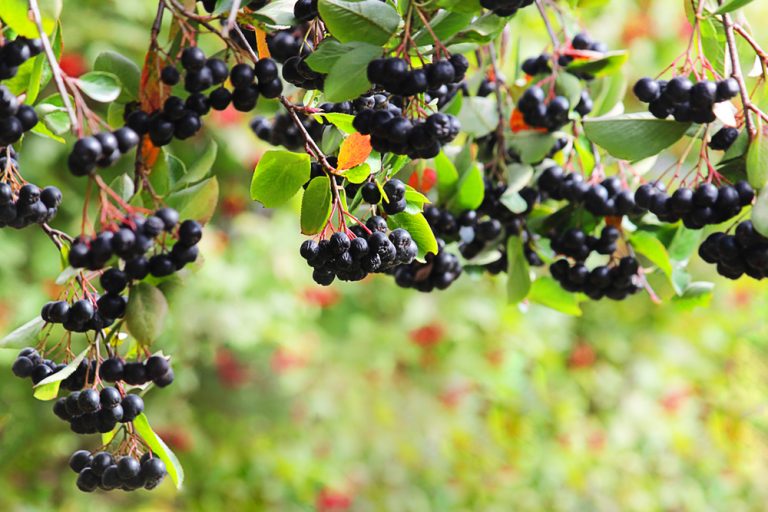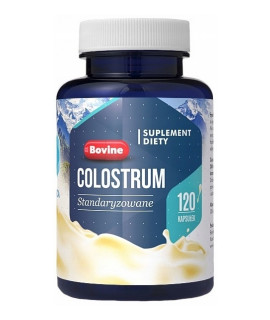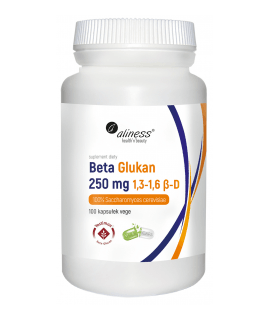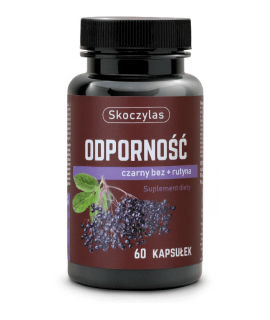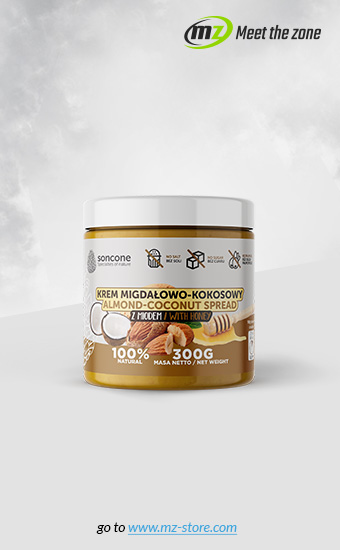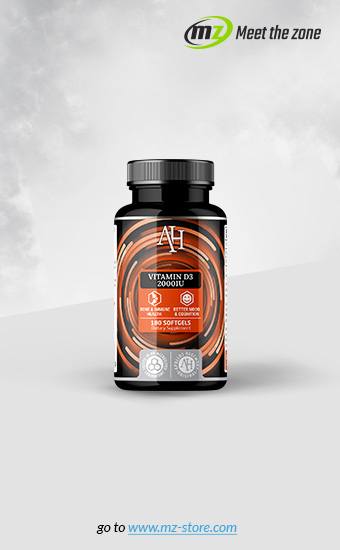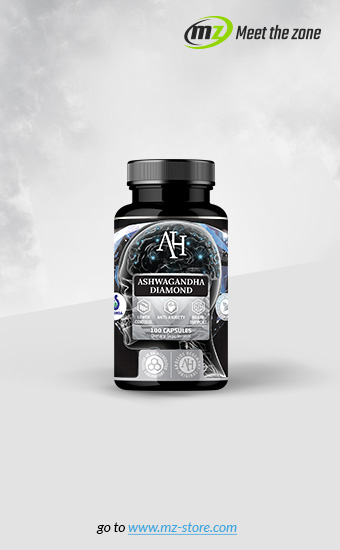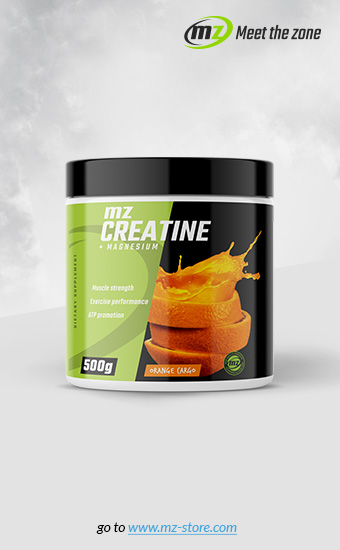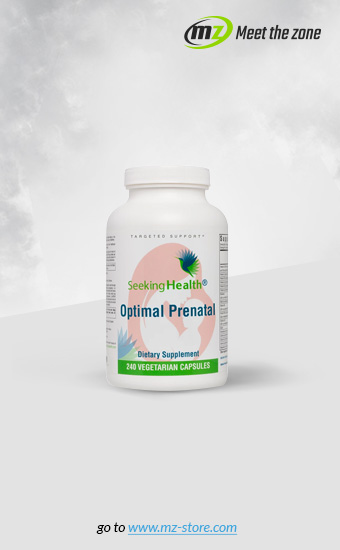Aronia and its preparations are a strong weapon in the fight against civilization diseases such as atherosclerosis and cancer. Chokeberry fruits are rich in bioactive plant compounds and vitamins with beneficial health effects. What properties does chokeberry have? Can chokeberry be used for children? How and what is its juice used for?
Aronia or Black chokeberry origin
Black chokeberry (Latin Aronia melanocarpa) is a shrub from North America, which has settled well in our climate. Raw material obtained from their plants is of high quality and is widely used in cosmetics and pharmacy, primarily for the production of anti-ageing supplements and cosmetics that strengthen eyesight and immunity.
Dark blue chokeberry fruits are harvested in early autumn. You can eat them raw, although not everyone likes their taste. The fruit is most often processed into juice, jam and tincture. If we do not have access to fresh chokeberry fruit or their preparations, it is worth reaching for dietary supplements containing an extract of these fruits.
Antioxidants in Aronia
Aronia is valued primarily for the richness of active compounds with antioxidant properties. Among the bioflavonoids contained in chokeberry, the most valuable are anthocyanins, flavonoids (including quercetin and rutin) and catechins. They perform many functions, e.g. as dyes that give the fruit a deep navy blue colour. But in medicine, another role of bioflavonoids is more important - they are substances that actively fight free radicals in the body.
Vitamins in Aronia
Aronia is also a wealth of vitamins such as B2, B3, B9 (folic acid), C and E. All these substances have strong antioxidant properties that protect cells against oxidative stress and support the body’s natural defences against the harmful effects of free radicals. By acting in this way, they delay the ageing process and stimulate repair processes in the cells.
Minerals in Aronia
In addition to bioflavonoids, chokeberry fruit is a rich source of vitamins (A, E, C, K and B group) and valuable micro- and macroelements, including calcium, magnesium, iron, potassium, phosphorus, sodium and zinc. These ingredients support many processes in the body, stimulate immunity and support the proper vision, also in children.
Other beneficial substances in Aronia
Aronia juice also contains substances that have a beneficial effect on the condition of blood vessels. Rutin and anthocyanins make blood vessels more flexible, strengthen them, seal them and regulate permeability. Chokeberry juice not only helps to lower blood pressure but also positively affects the capillaries of the eye. For this reason, chokeberry is recommended for use in the prevention of eye diseases such as cataracts, glaucoma and AMD (age-related macular degeneration), i.e. macular degeneration.
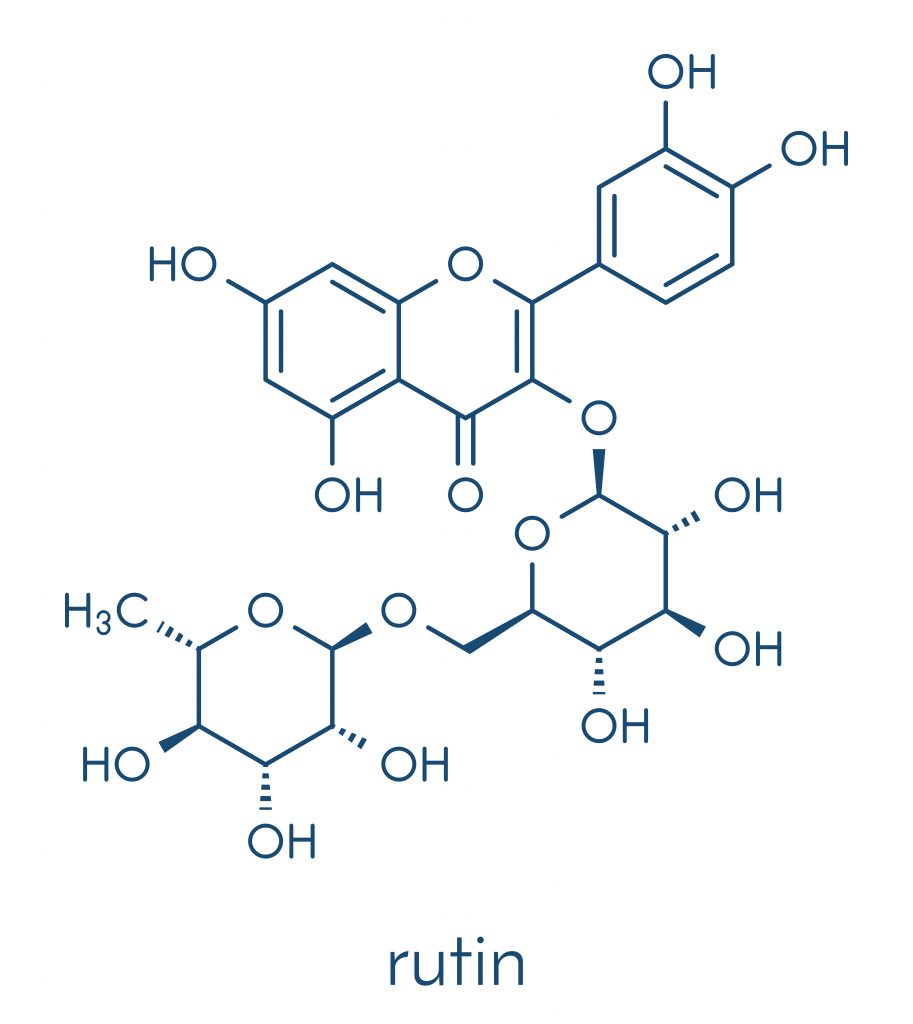
How to eat chokeberry fruits?
Raw chokeberry fruit doesn’t fit in the taste of everyone, but there are many ways to process it. Dried chokeberry fruits, which are great as an ingredient in herbal or teas, are very popular. The fruit is processed into jams, meat preserves, jellies, tinctures or - most often - into juice.
When to reach for Chokeberry?
It’s worth reaching for chokeberry juice throughout the year. In the form of a concentrate, it is available in medical and herbal stores. After dilution with water, it is worth drinking it every day, it can also be given to children. Chokeberry extract is also used as an ingredient in dietary supplements that support the body’s natural strength and immunity, proper vision and repair processes in cells.
Chokeberry juice is also a component of supplements that stimulate immunity for children. It is worth combining it with other natural extracts, for example with elderberry.
